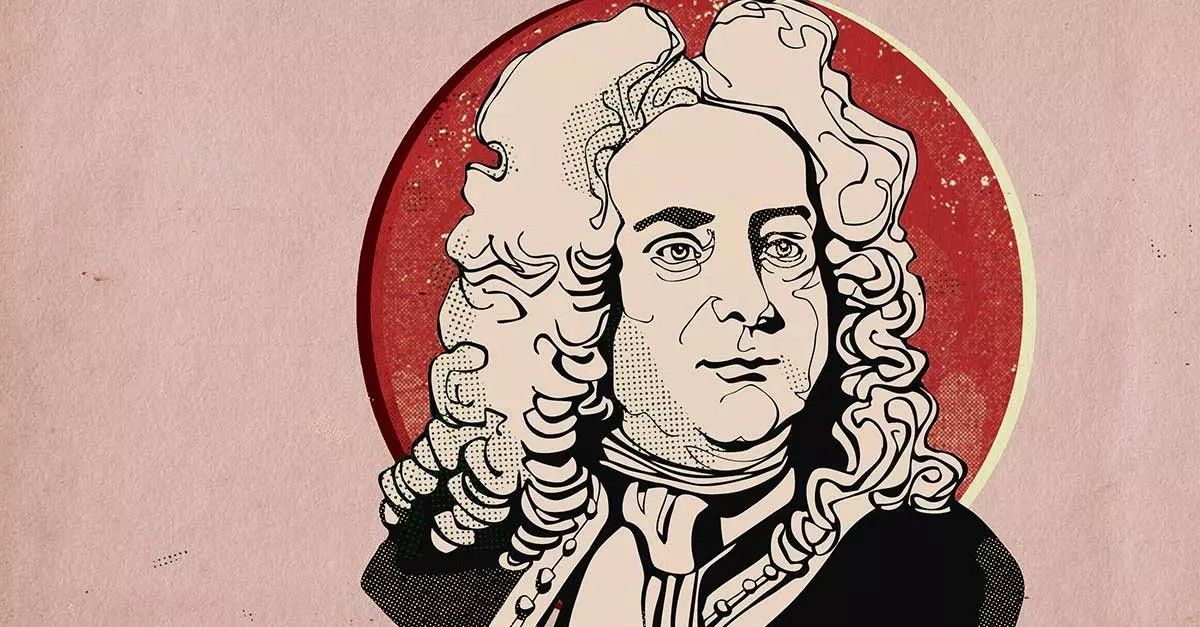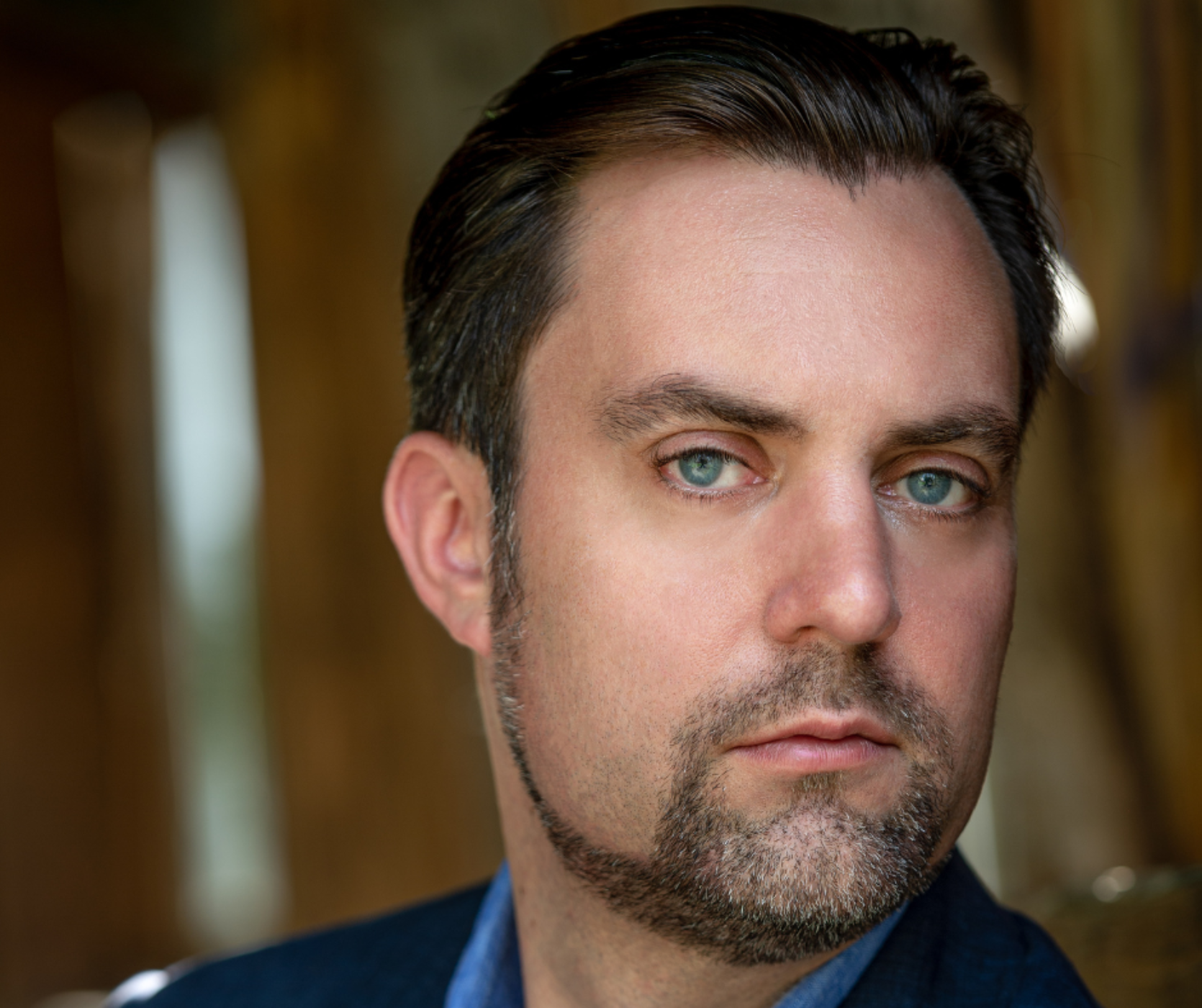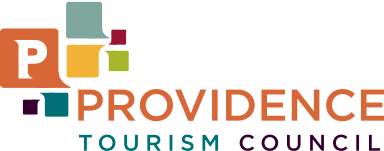THE STORY BEHIND: Gershwin's "Cuban Overture"
Share
On September 19 & 20, Music Director Ruth Reinhardt and the Rhode Island Philharmonic Orchestra will present RUTH REINHARDT INAUGURAL with saxophonist Steven Banks.
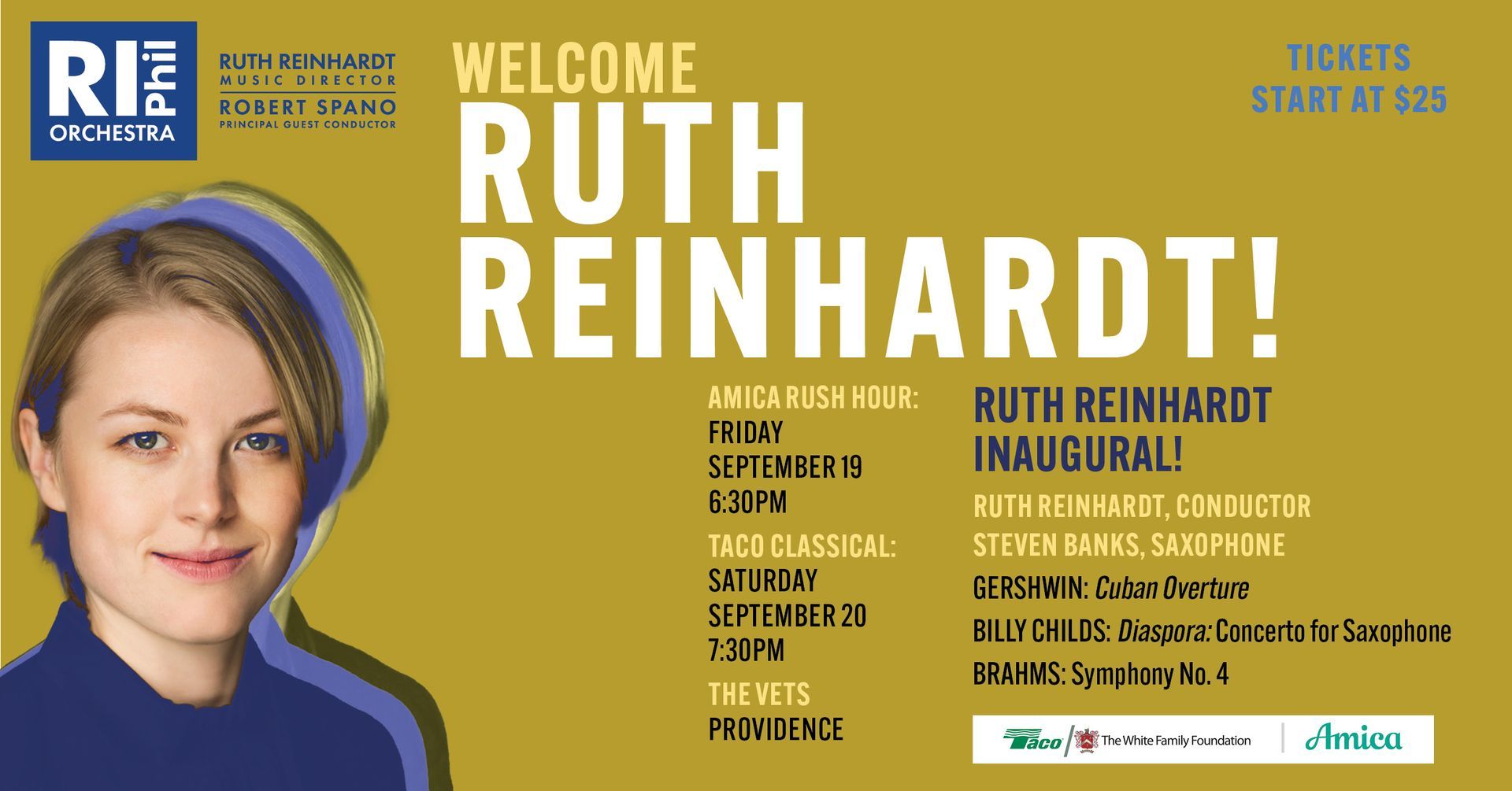
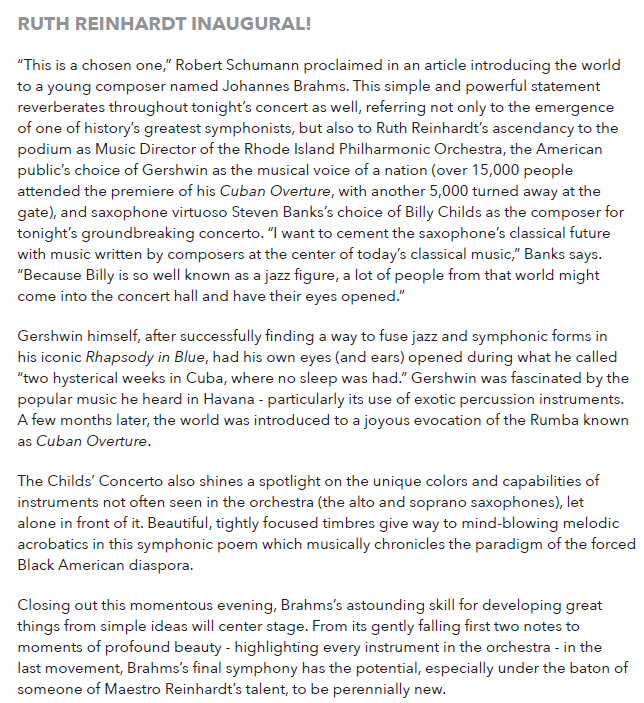
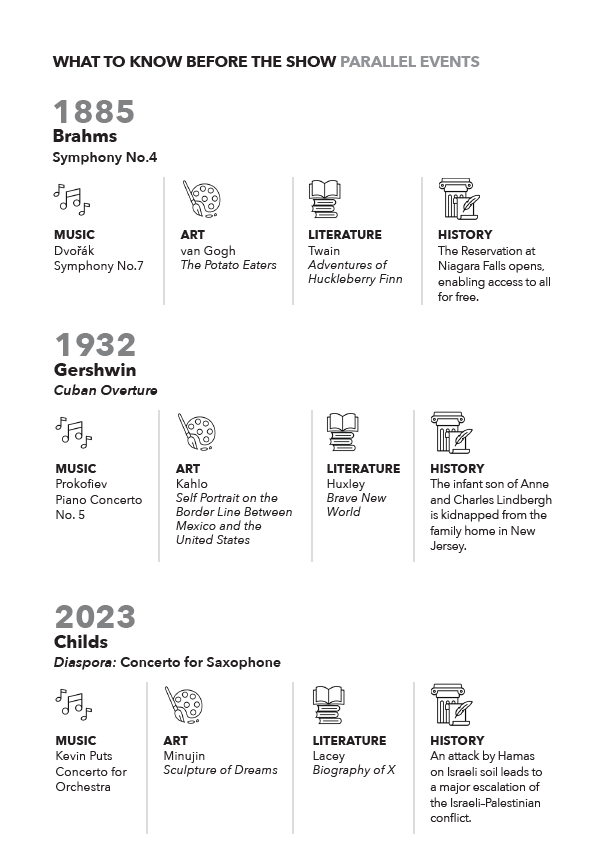
Title: Cuban Overture
Composer: George Gershwin (1898-1937)
Last time performed by the Rhode Island Philharmonic:
Last performed October 20, 2018 with Bramwell Tovey conducting. This piece is scored for piccolo, three flutes, two oboes, English horn, two clarinets, bass clarinet, two bassoons, contrabassoon, four horns, three trumpets, three trombones, tuba, timpani, percussion and strings.
The Story: During his lifetime, George Gershwin was arguably the most successful and talented of America's composers of popular music. But he had cut his teeth as a young performer on the works of Chopin, Liszt and Debussy, and looked to France as the beating heart of classical music in the 20th century. So it was that, in 1928, he journeyed to Paris to study with the famed teacher of composition, Nadia Boulanger, as well as with Maurice Ravel. But neither would take him. Both potential mentors recognized the power of Gershwin’s unique voice and were afraid that their influence might taint it. And they were right. Less than 4 years later, Gershwin would achieve unparalleled successes with his Rhapsody in Blue, An American in Paris, and the Concerto in F. Gershwin had an uncanny ability to absorb the sounds and energy around him and distill them into music that immediately connected with audiences.
The 1930s also saw the rise of the rumba craze in America. Gershwin, ever eager to immerse himself in new musical experiences, was keen to go to the source. So, in February of 1932, he escaped a particularly brutal New York winter, and sailed with a handful of friends to Havana, Cuba (a popular, booze-friendly tourist destination during prohibition).
In almost every bar he visited in Havana, he heard strains of the hit song “Échale Salsita”, so it’s unsurprising that this catchy tune would find its way weaving in and out of a new piece Gershwin had decided to write, as well as brief echoes of another popular song called “La Paloma.” Also included in the new work were some authentic Cuban percussion instruments he brought home as souvenirs: a bongo drum, claves, maracas, and a gourd shaker. These latter instruments were of such importance to the piece that he insisted in the score that the percussionists be placed in front of the orchestra, rather than their traditional position in the back.
Within a few months, the premiere of what was then called
Rumba
took place during an all-Gershwin program by the New York Philharmonic in Lewisohn stadium, to a sold-out audience of 18,000. Three months after that, the composer himself conducted its second performance at a benefit concert in the new Metropolitan Opera House, but now with the new title
Cuban Overture. As toe-tapping as it is, there are elements of musical sophistication in the work that reflect Gershwin’s desire to be seen as something more than merely popular. Odd-measured phrases, polytonal harmonies, canons and counterpoint, and ostinato-based climaxes all add a sense of the high-brow to this joyous romp.
Program Notes by Jamie Allen © 2025 ALL RIGHTS RESERVED.
Recommended Recordings:
Arthur Fiedler's 1961 recording (RCA) of Gershwin's
Cuban Overture with the Boston Pops is one of his finest and qualifies as the definitive account. The rhythms are consistent, the cross-rhythms dizzying, and there's a relentless momentum that keeps you on the edge of your seat.
Tickets start at $25! Click HERE or call 401-248-7000 to purchase today!


